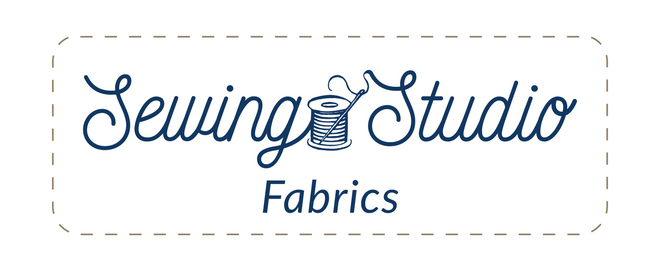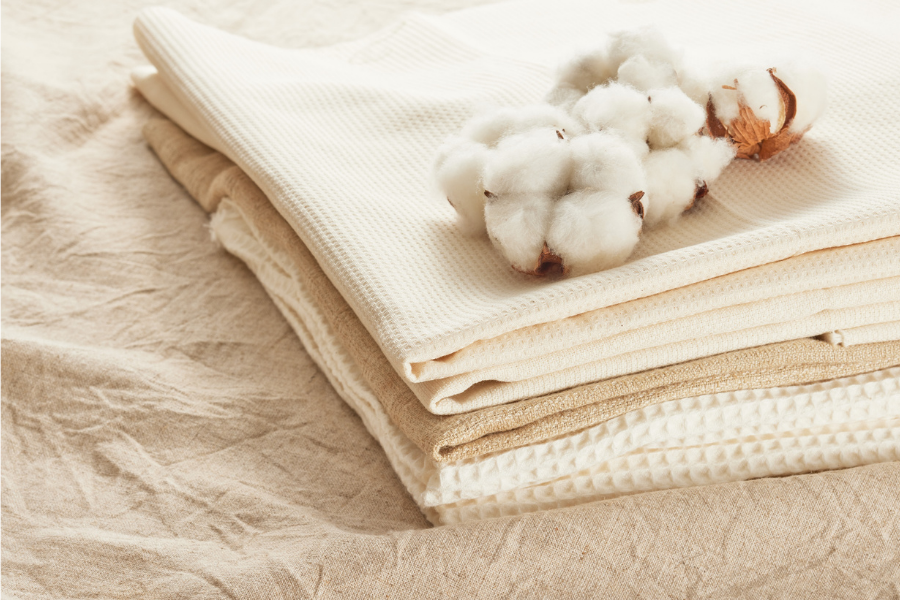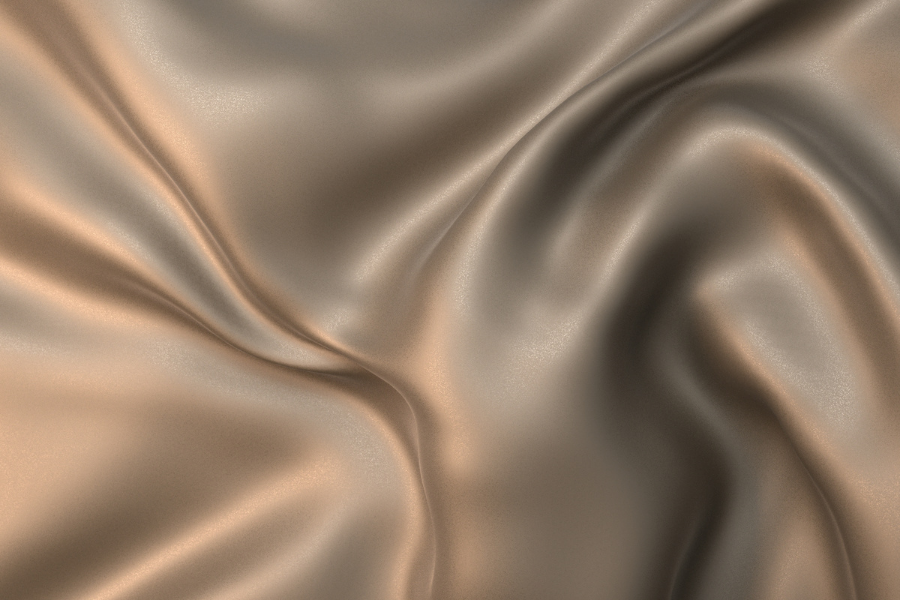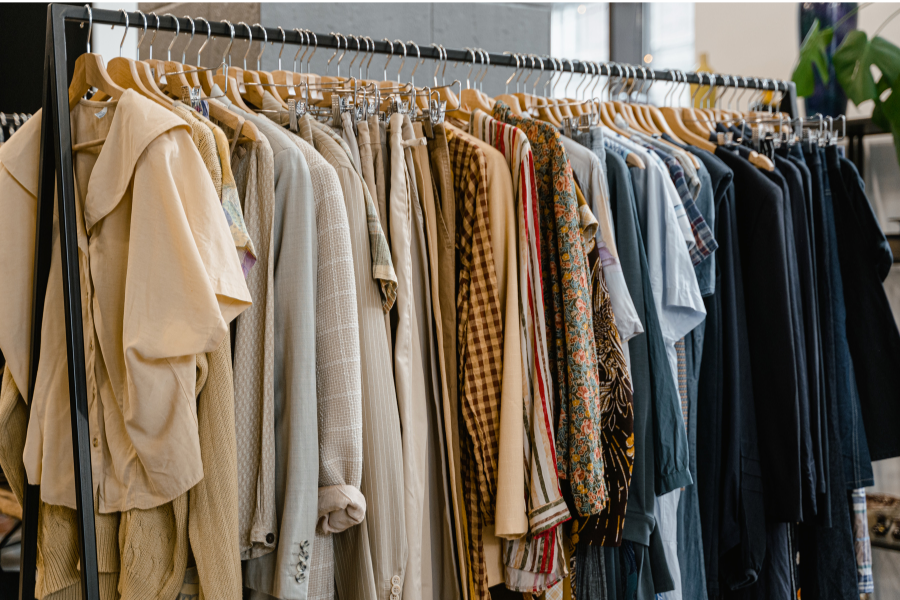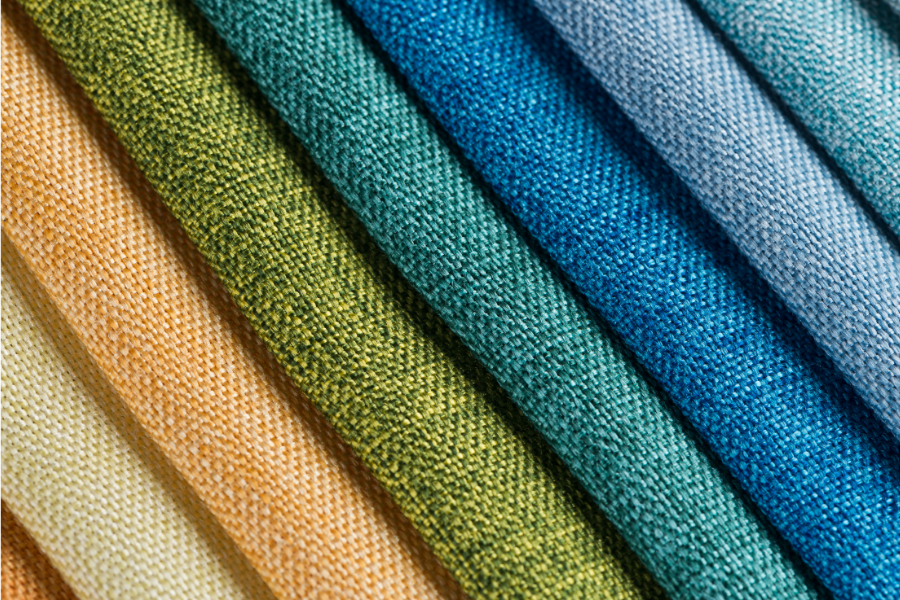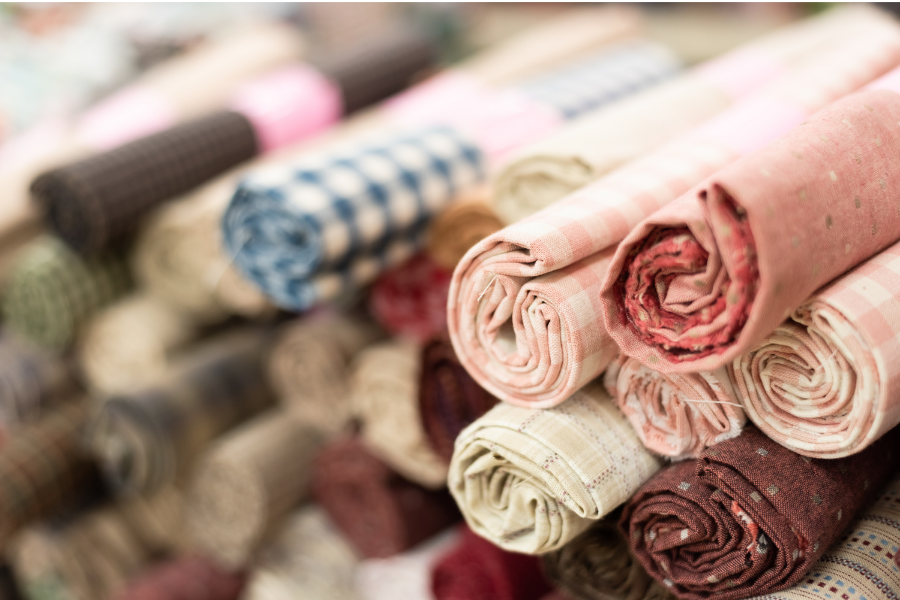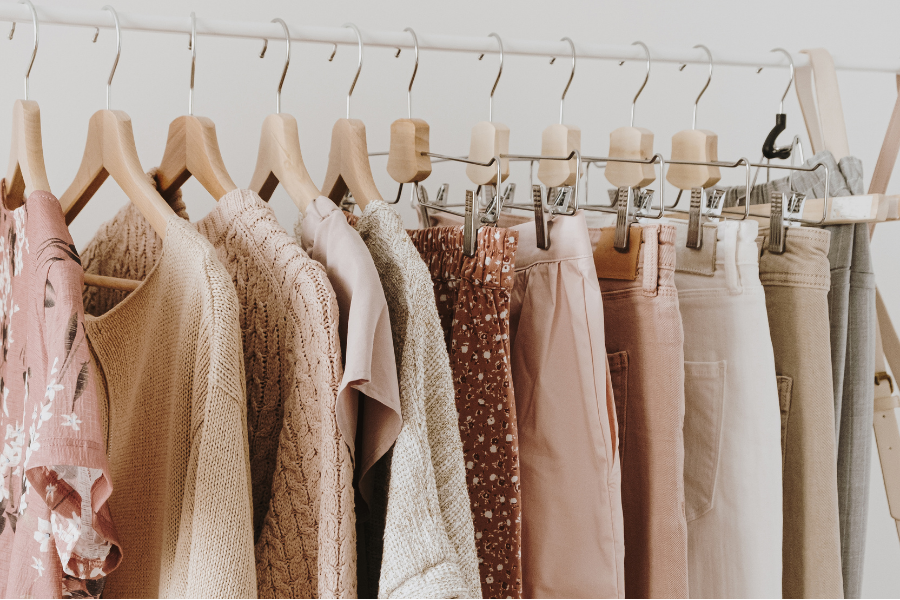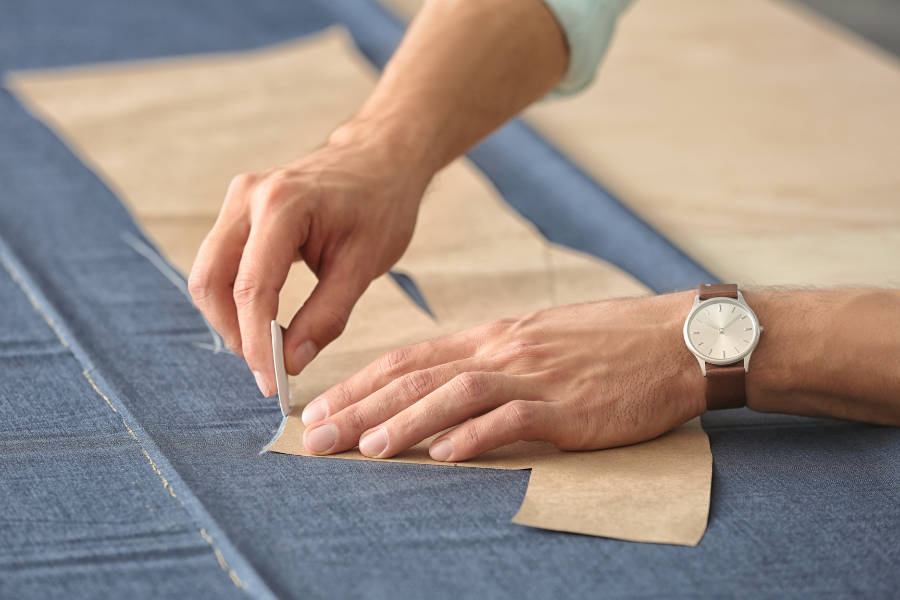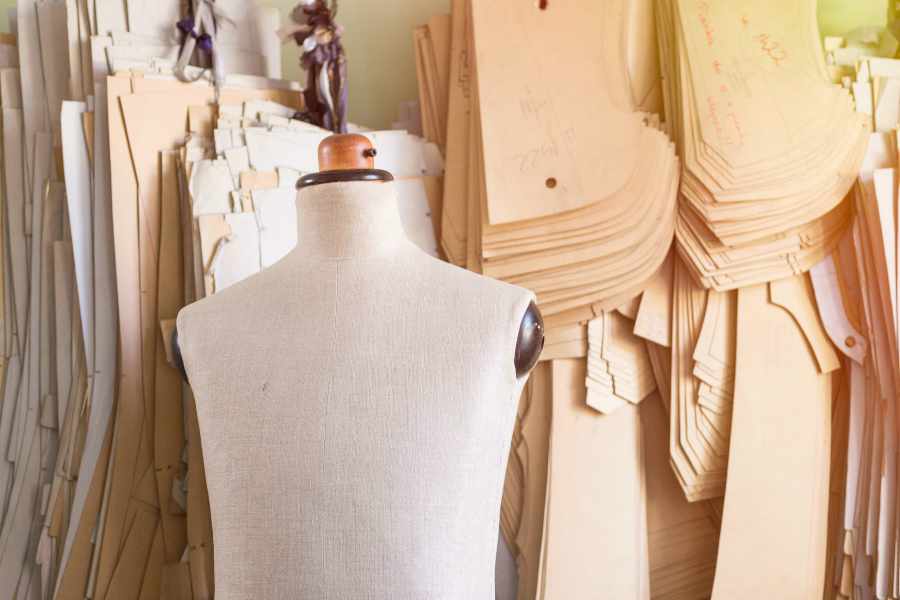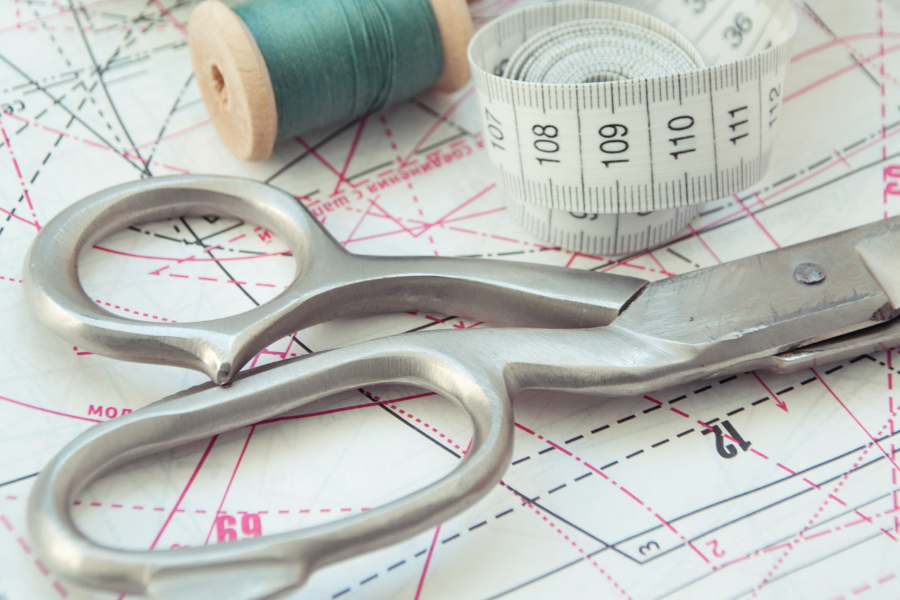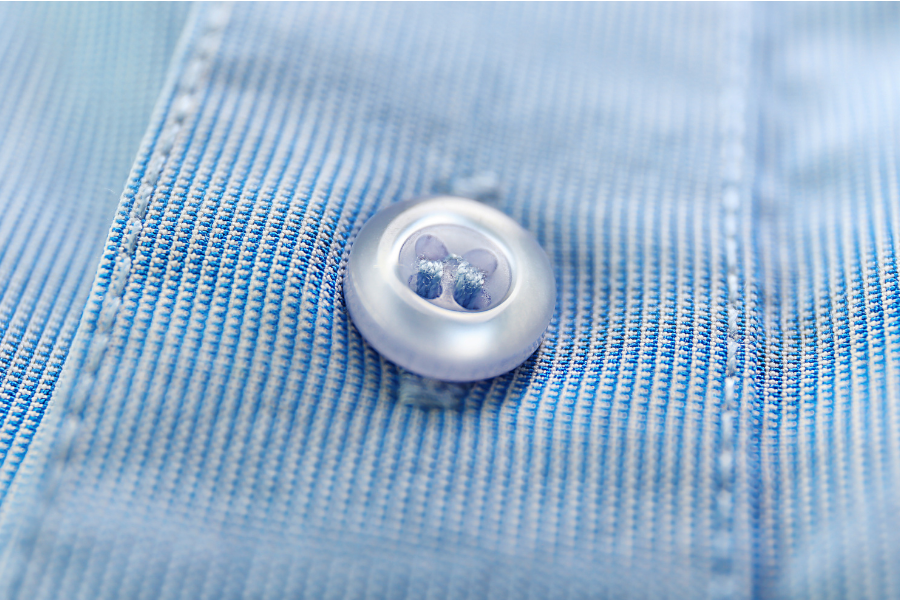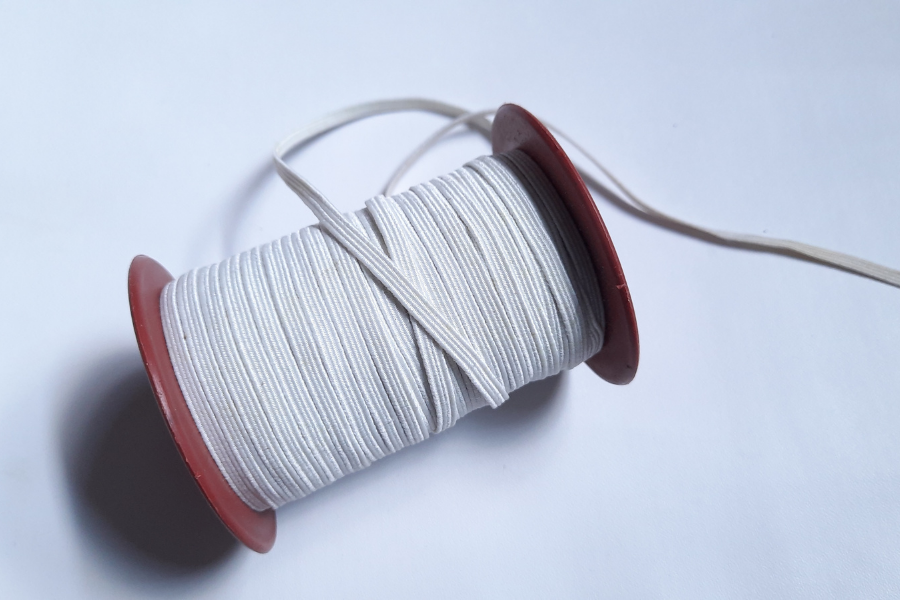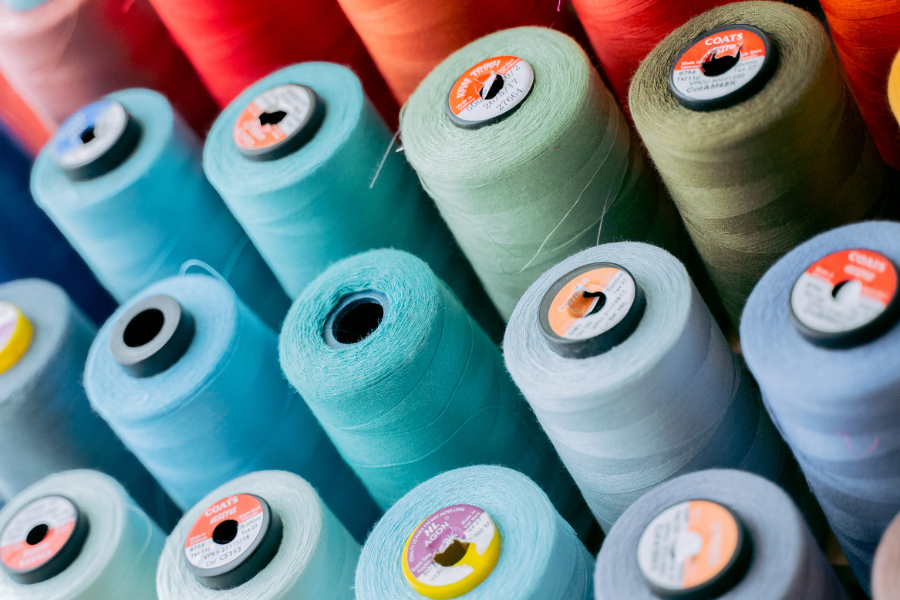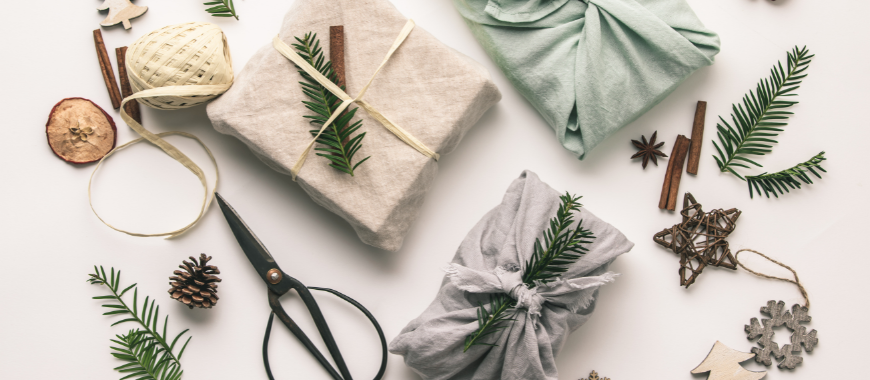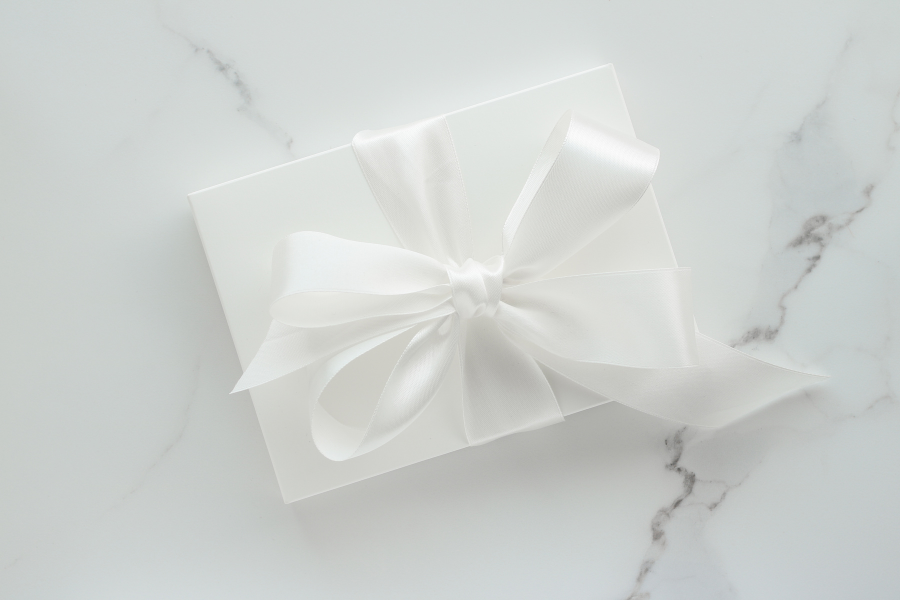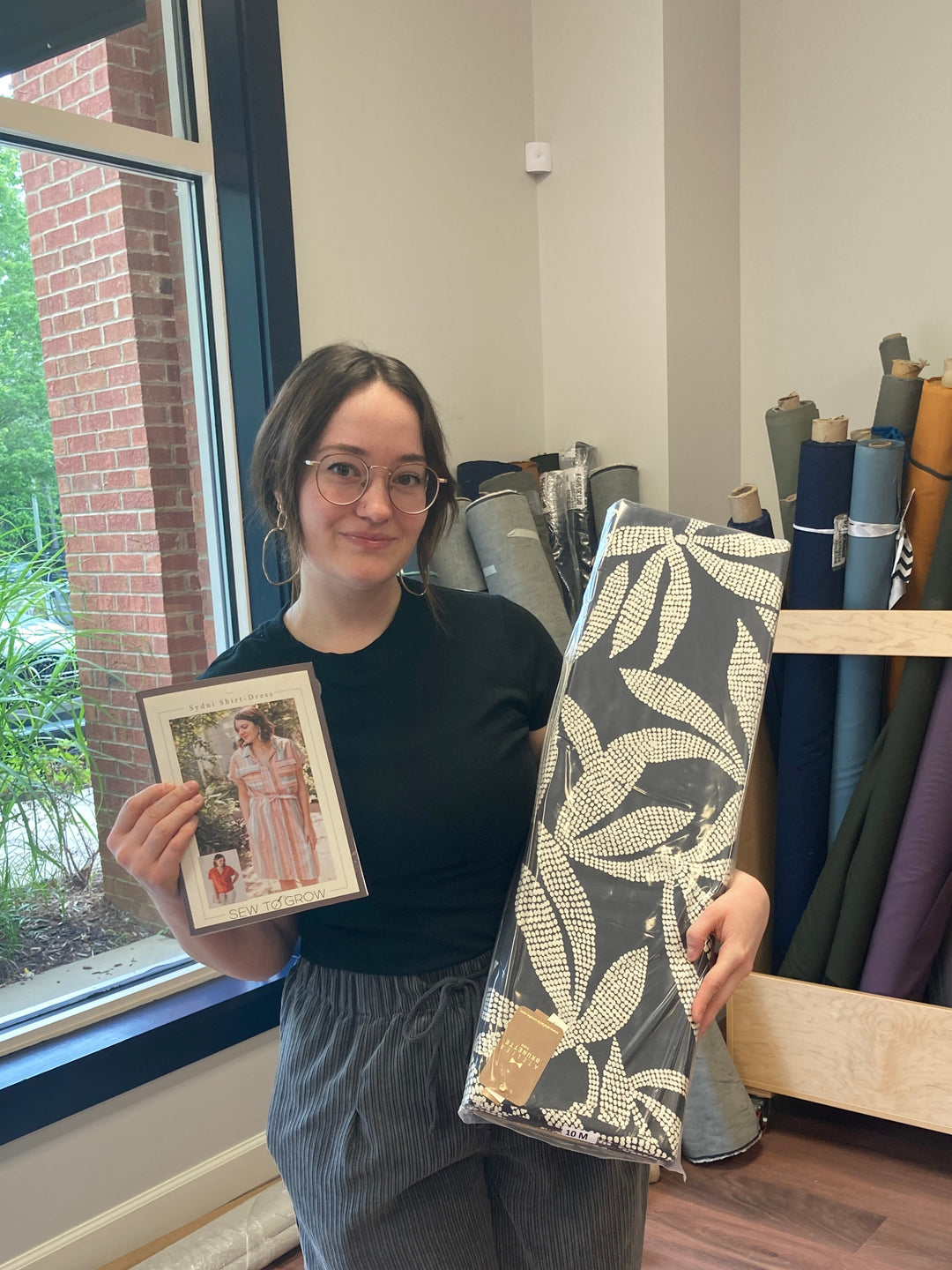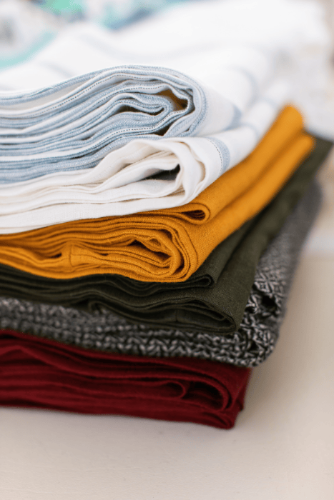Linen: A Timeless Fabric with a Rich History

In the world of textiles, few fabrics possess the timeless allure and understated elegance of linen. From ancient civilizations to modern fashion runways, linen has woven its way into the fabric of human history, embodying both luxury and practicality. Let’s embark on a journey through time to explore the fascinating history and enduring appeal of linen fabric.
The Origins of Linen
Linen, derived from the flax plant, boasts a heritage dating back thousands of years. Its discovery predates recorded history, with evidence of its use found in archaeological sites across the globe. The ancient Egyptians are credited with mastering the art of linen production around 4,000 years ago, using it not only for clothing but also for burial shrouds, sailcloth, and even currency.
The photo below shows a scrap of linen found in the tomb of Tutankhamun, in ancient Egypt. Below that, see another piece of linen, used as a wrist guard, with writing inscribed on it. It is hard to believe these pieces have survived 800 years!

Kerchief from Tutankhamun’s Embalming Cache, ca. 1336–1327 B.C.

Linen in the Modern Era
With the rise of industrialization in the 19th century, linen production underwent significant changes. Mechanized processes revolutionized spinning and weaving, making linen more accessible. Its popularity endured through the Victorian era, where it was favored for its crisp, clean appearance in clothing and household linens.
In the 20th century, linen experienced a resurgence as designers embraced its natural, eco-friendly properties. From Coco Chanel’s iconic suits to the bohemian styles of the 1960s, linen became synonymous with effortless chic. Today, it continues to captivate fashion enthusiasts and interior designers alike, prized for its breathability, sustainability, and timeless aesthetic.
The Appeal of Linen Today
What makes linen so enduringly popular in the modern world? Firstly, its breathability sets it apart, making it the ideal choice for warm-weather clothing. Linen’s natural moisture-wicking properties keep the body cool and dry, while its antibacterial qualities contribute to a fresh, odor-free wearing experience.
Furthermore, linen is celebrated for its sustainability. Flax, the plant from which linen is derived, requires minimal water and pesticides to grow, making it a more eco-friendly option compared to cotton or polyester. Additionally, linen fabrics are biodegradable.
Sewing with Linen
Linen is one of the most popular fabrics for home sewists. It is extremely versatile, comes in many weights, and is easy to sew. With the right weight selection, you can sew anything from a top to pants to a jacket with linen. It presses well and is durable through wash after wash.
Some pattern recommendations for linen:

Sew House 7 Romey Gathered Dress + Soft Wash Linen, Cayenne

Friday Pattern Company Heather Blazer (in our Spring Green linen blend)

Style Arc Bob Pants + Brussels Washer Linen

True Bias Darla Dress + Groovy Linen Blend

Seamwork Zinnia Skirt + Japanese Poppies Deep Pink
Conclusion
As we trace the journey of linen through the annals of history, it becomes evident that linen transcends time and trends. From the ancient civilizations of Egypt and Greece to the catwalks of Paris and Milan, linen has remained a symbol of refinement and resilience. Its enduring popularity speaks to its timeless appeal, offering a harmonious blend of comfort, style, and sustainability.
So, the next time you slip into a linen shirt or wrap yourself in a linen throw, take a moment to appreciate the rich tapestry of history woven into every fiber. In a world where trends come and go, linen stands as a steadfast beacon of enduring beauty and grace.


